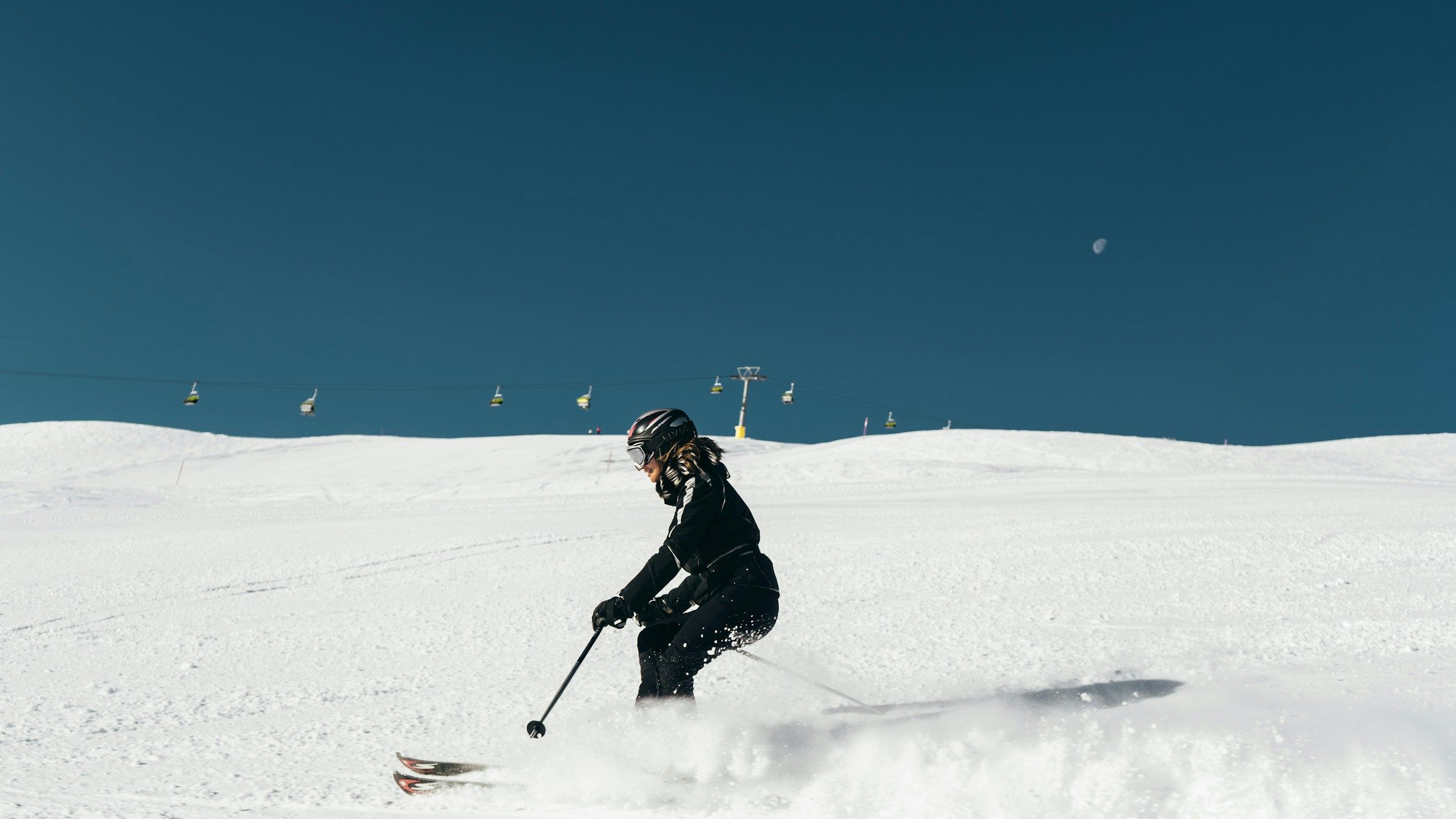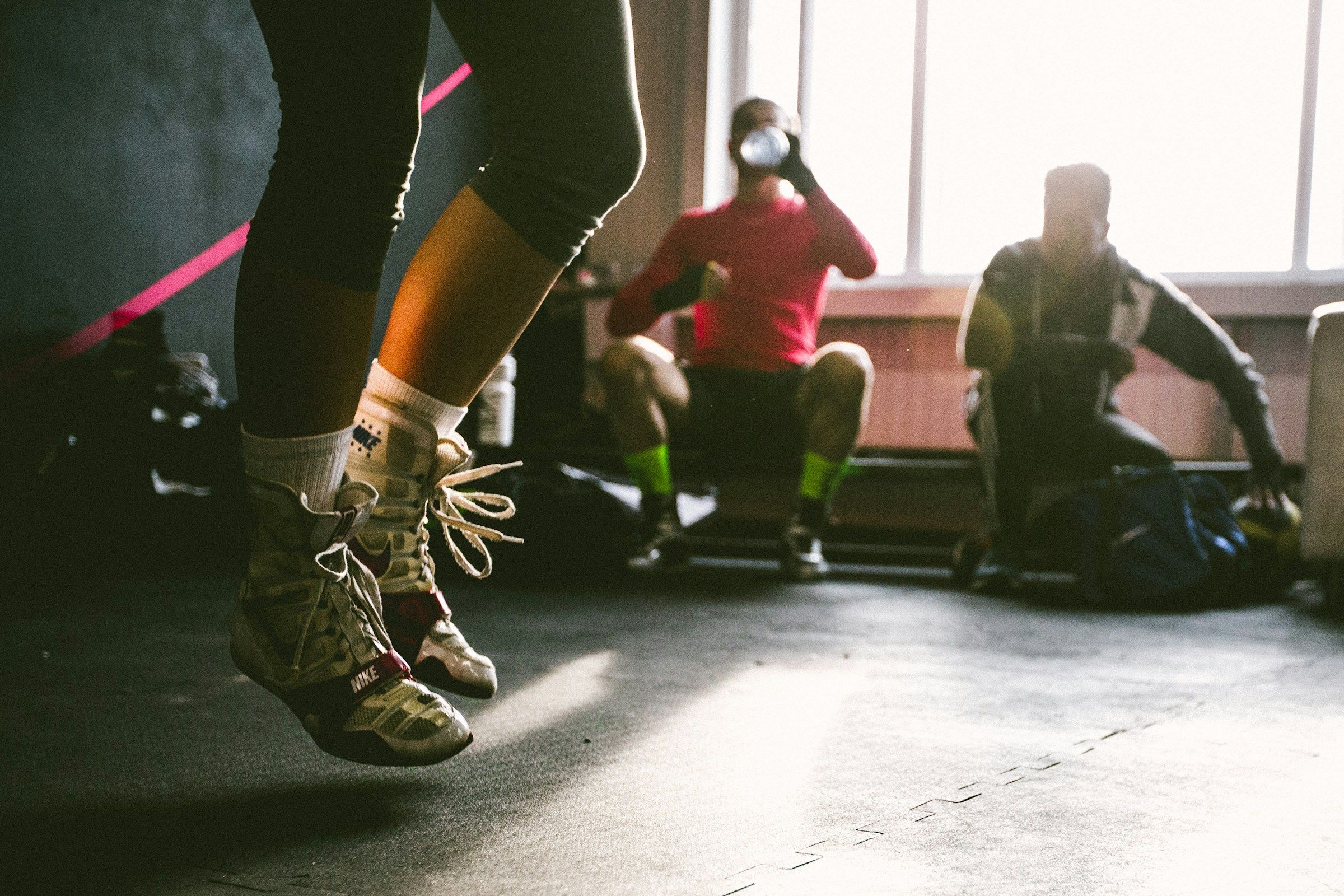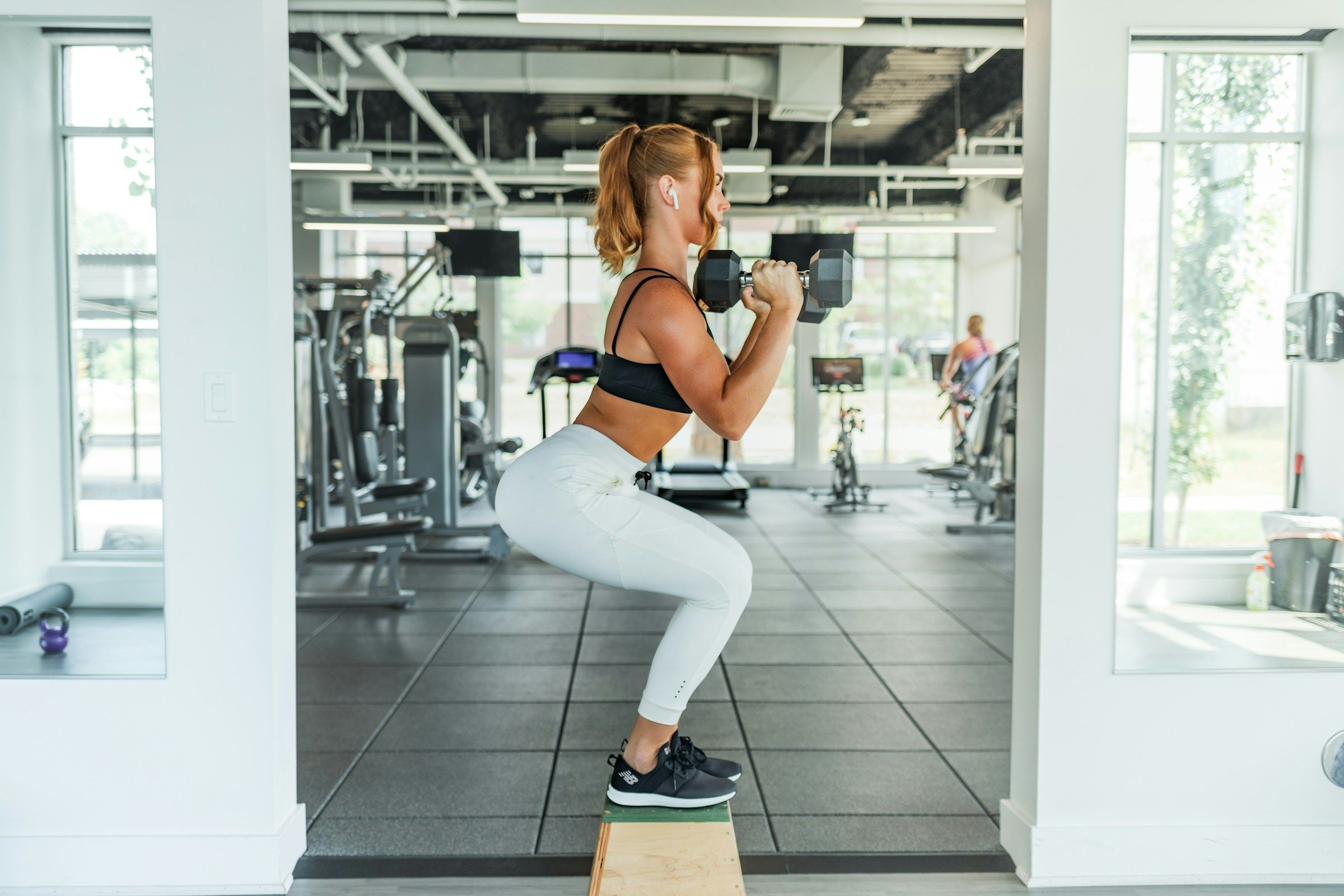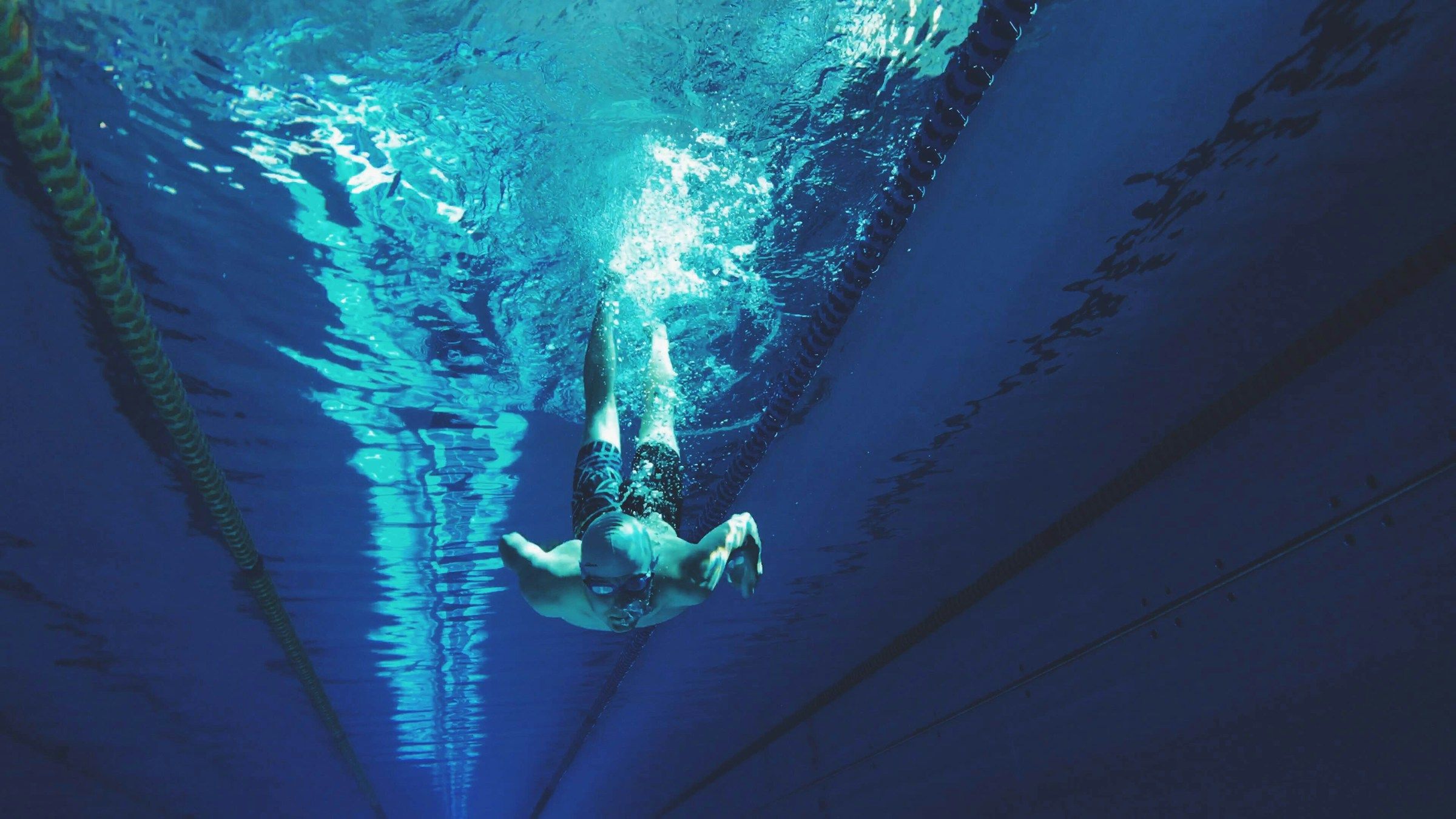Skiing is an exhilarating sport that attracts many winter enthusiasts who love the thrill of speeding down a mountain. But skiing is more than just a fun winter activity. It also provides an excellent workout, making it a great way to burn calories and improve overall fitness. If you’re heading to the slopes soon, you might wonder: how many calories does skiing burn? We’ll answer this question and explore how skiing helps you burn calories and improve your fitness. You’ll also discover actionable tips to help you enhance your calorie-burning potential while enjoying your time on the slopes.
As you’ll see, how many calories skiing burn depends on several factors, including your weight, skill level, and the intensity of your skiing. Using Goldi AI’s calorie tracker before, during, and after your ski trip can help you understand how skiing contributes to calorie burning. It is the best app to track macros can also provide actionable tips to help you enhance your fitness and weight loss on the slopes.
Is Skiing a Good Way to Lose Weight?
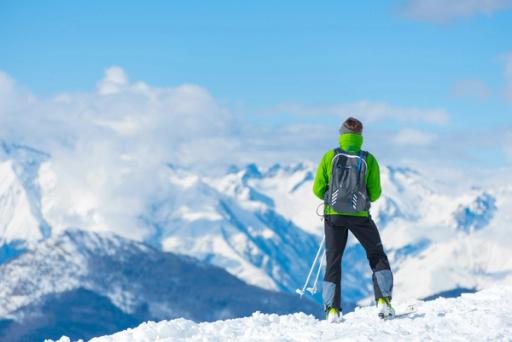
Skiing can be good for weight loss because it’s an active exercise that burns calories by requiring cardiovascular and strength output. Several factors relate to the potential for losing weight while skiing. Skiing is a lot of fun but also a solid form of exercise. If you have ever tried to ski down a long run without stopping, you know that your legs will burn and your heart rate will be up. These are both signs that your body is working to burn calories.
Skiing as Part of a Balanced Weight Loss Strategy
The more complex and longer you ski, the more likely you will lose weight. Weight loss is also heavily related to your diet. Even if you ski hard and often, you won’t lose weight if you eat more calories than you are burning. So, a healthy diet and attention to how many calories you are consuming are also critical factors in any approach to weight loss. Skiing can be a tool to help you lose weight, but it’s rarely the only tool to use.
Skiing: Your Exercise Routine’s Fun New Friend
Skiing is an excellent form of exercise. If you want to improve your cardiovascular health and get a more substantial lower body, this is one of the best sports you can do. It can also help you build endurance and a strong core as well. Like any exercise, the more consistent you are with it, the more benefits you’ll see. If you ski a few times a week, you’ll get more exercise, making you stronger and a better skier. You won’t see many improvements if you only ski a few times during the season.
Maximizing Fitness Through Skiing and Complementary Workouts
The more you push yourself while skiing, the more exercise you’ll get. Again, this is just like other forms of exercise. If you can make yourself past your limits a bit each time you ski, you will get in great shape. But if you want to get in excellent shape, you shouldn’t rely on skiing for exercise but include other things such as strength training and stretching. Plus, you can’t ski all year long in most places, so you want to keep things up in the summer.
How Many Calories Does Skiing Burn?
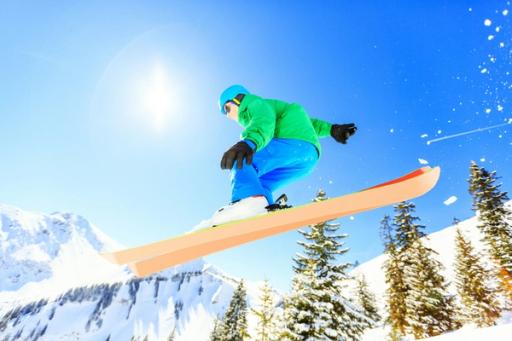
For most people, downhill skiing burns between 300 and 600 calories per hour of activity. Riding chairlifts and eating lunch don’t count.
The Formula Behind Calorie Burn While Skiing
Calories burned per minute = (MET x body weight in Kg x 3.5) ÷ 200 “MET” is a measurement of the energy cost of physical activity for some time. You can find an activity’s MET on the chart above. A task with a MET of 1 roughly equals a person’s energy expenditure from sitting still at room temperature and not actively digesting food.
- A task with a MET of 2 uses twice as much energy as a MET of 1.
- A task with a MET of 10 uses 10 times as much energy as a MET of 1. MET values “do not estimate the energy cost of physical activity in individuals in ways that account for differences in which the activities are performed in:
- Body mass
- Adiposity
- Age
- Sex
- Efficiency of movement
- Geographic and environmental conditions
Thus, individual differences in energy expenditure for the same activity can be significant, and the actual energy cost for an individual may or may not be close to the stated mean MET level as presented in the Compendium.” (as quoted from the main page of the Compendium of Physical Activities).
Example: How Many Calories Does Skiing Burn?
Let’s start with an example and some guarantees. Skiing burns more calories than not skiing! That much we can say for sure, but exactly how many calories you burn while skiing is a bit more of a complex situation. There are a couple of significant variables to consider—who you are and what sort of riding you’re doing. If you’re older, you likely won’t burn as many calories as someone half your age who similarly exerts themselves; as we age, our metabolisms slow down, and we tend not to push ourselves quite as hard as we do when we’re younger.
Challenging Yourself on the Slopes: Balancing Fun and Fitness as You Age
No one wants to fall, but as we get older, we tend to take it a bit easier and easier and push ourselves a bit less. If you find your waist expanding slightly but still want to enjoy those evening fondues and long rose-filled lunches, start taking reds over blues and stop avoiding those mogul fields!
A person weighs 180 pounds (81.65kg) and cross-country skis at 4 mph (a task that has a MET value of 9) for 1 hour (60 minutes).
Calories Burned from cross-country skiing at 4 mph (per minute) = (9 x 81.65 x 3.5) ÷ 200 = 12.860
Calories Burned from cross-country skiing at 4 mph (60 minutes) = 12.860 x 60 = 772.
In reality, though, things are more complicated than that.
What Kind of Skiing Burns the Most Calories?
To maximize how many calories skiing burns, you should focus on cross-country skiing. As you can see from the chart below, this form of skiing dominates the calorie-burn category, especially at higher speeds and levels of effort.
If you’re not into this style of skiing, don’t fret. Downhill skiing also burns a respectable amount of calories; all that matters is that you get out there and enjoy your time on the slopes.
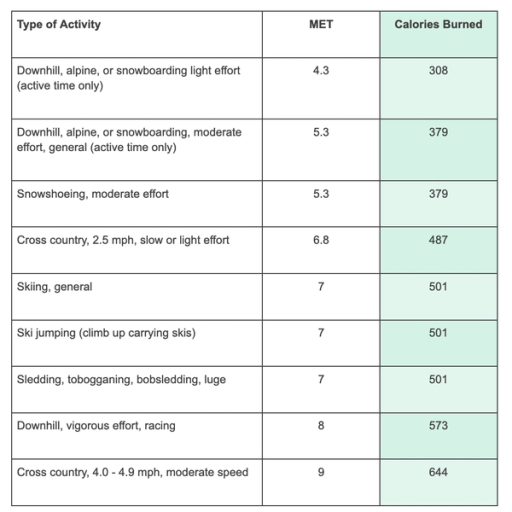
Does Skiing Burn More Calories Than Snowboarding?
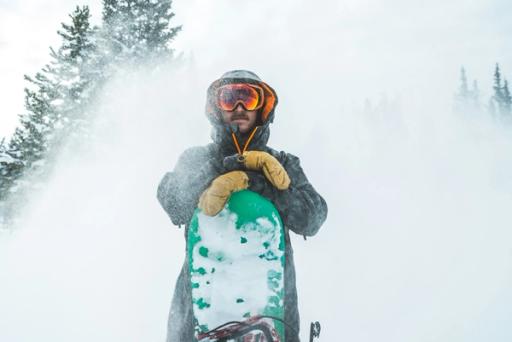
Snowboarding is another high-intensity winter workout option that can help you burn calories. No research pits the slope sports against each other (at least not that we’ve seen), but the non-profit Snowsports Industries America estimates that skiing burns 500 calories an hour, while snowboarding is just shy of that at 450.
The Compendium of Physical Activities bills the two snowsports as equal regarding the number of calories burned per hour.
What About Other Winter Sports, Like Snowshoeing and Sledding?
Snowshoeing is a perfect calorie burner. According to the Compendium of Physical Activities, “moderate” snowshoeing has a metabolic equivalent (MET) rating of 5.3—the same as downhill skiing, so your calorie burn will be the same: between 380 and 460 calories per hour, depending on your weight. A “vigorous” snowshoeing outing (think: one where you’re going fast or uphill) has a MET of 10, which is lower than cross-country skiing but still significant. While sitting on your backside for much of the time you spend sledding, you spend the rest of the time lugging a sled or toboggan uphill. That adds up. Per the National Personal Training Institute, you can burn over 400 calories during an hour of sledding.
What Muscles Does Skiing Train?
Where skiing separates itself from other workouts is its unique ability to train a wide variety of muscle groups. Downhill skiing requires much lower body eccentric strength to control your descent. The steeper the hill, the more your muscles will need to fight gravity. It also involves highly coordinated movements—like carving, skidding, quick turns, and jumps—that challenge large muscle groups like glutes, hamstrings, and quads to the smaller intrinsic muscles supporting your knees, hips, and ankles. With practice, downhill skiing can increase muscular control and balance.
Cross-Country Skiing: The Ultimate Full-Body and Cardiovascular Workout
Typically, you don’t use your arms much during downhill skiing except to push off with your poles on the flats. Cross-country skiing, however, is one of the best full-body workouts you can do. Similar to Nordic walking, you use your arms and legs to propel you forward, which lends a serious advantage to making cardiovascular gains.
Since your oxygen needs are significantly higher with cross-country versus downhill skiing (and even cycling or running), elite cross-country skiers are infamous for putting up some of the highest VO2 max scores in the world.
Best Activity Trackers for Skiing
Ready to hit the slopes? The best activity trackers for skiers are heart-rate-based to provide an accurate reading, whether you’re shredding the gnar or chilling on the lift. Look for a water-resistant tracker with enough battery power to last the day. A few of our favorites include the:
- Apple Watch Ultra
- Garmin Fenix 7
- Garmin Enduro
- Fitbit Charge 5
Track Your Calories within Less Than 15 Seconds with Our Calorie Tracker App
Goldi AI transforms calorie tracking with cutting-edge AI technology. Just snap a photo of your meal, and we’ll do the rest.
Our app combines your phone’s depth sensor with advanced AI models to:
- Analyze food volume
- Identify ingredients
- Instantly calculate calories, protein, carbs, and fat content.
With 90% accuracy on visible foods and multiple tracking options like:
- Barcode scanning
- Food label recognition
- Manual descriptions for complex items like smoothies
We’ve made nutrition tracking effortless. Whether you’re scanning a full meal or a quick snack, Goldi AI
- Provides nutritional information in under 15 seconds
- Eliminates the need for tedious manual logging.
Our AI learns from your feedback to improve accuracy. It includes personalized insights and smart reminders to keep you on track. Goldi AI makes achieving your fitness goals simpler than ever. Track your calories with your camera using Goldi AI’s calorie tracker today.
